2010 Mazda Mazda3 5-Door S Grand Touring Review
FAST FACTS
| 1. With 167hp and 168 ft-lbs of torque, the 2.5-liter Mazda3 is one of the most powerful cars in its class. |
| 2. 5-door models start at $20,290 with our tester priced at $26,140 including destination. |
| 3. Fuel economy for the larger 2.5L engine is rated at 21/29 mpg with the manual and 22/29 with the automatic. |
I hate the term, “sporty.” It’s like saying something or someone is “sexy,” without any promise of the “sex” part. Sporty doesn’t mean sport, racing-ready, or track-honed. It just means the car looks like it’ll give you a good time.
In Mazdaland, the 5-door Mazda 3 compact car is being pitched as the sportiest in its class…but does it deliver?
Recently I drove both a pretty basic 2.0-liter Mazda 3 i Touring sedan equipped with a manual transmission, and a loaded-to-the-gills automatic-equipped 2.5-liter Mazda 3 s Grand Touring hatch. The conclusion? The 2.0-liter is sporty, the 5-door isn’t.
PUSH TO PASS
It’s mostly because of the engines. The Ford-sourced 2.5 has a power advantage (167 horsepower vs 148), but is slow to rev and not particularly efficient. The 2.0, on the other hand, is a Mazda motor also used in the MX-5. And we all know how awesome and race-ready the MX-5 Miata is.
The bigger motor comes courtesy of Ford, and is similar to the one found in base versions of the Ford Fusion.
As I alluded to above, the 2.5 isn’t that efficient, either. In mixed driving, I managed 25 mpg with the big motor, and 35 mpg with the 2.0. That’s a huge difference, but don’t forget that the Sport is marginally heavier, the one I drove had an automatic, and the navigation system plus leather interior also adds weight.
Still, trading marginally more power means a significant dent in fuel economy. Are your friends going to be that impressed you bought the “big” 2.5-liter motor?
Official EPA numbers for the 2.0-liter are 25/33 mpg (city/hwy) for the manual or 24/33 mpg for the automatic, while the 2.5-liter engine is rated at 21/29 mpg with the manual and 22/29 with the automatic.
INTERIOR APPOINTMENTS
Yes, you can order a navigation system in the 3. It’s a front-of-dash screen with steering wheel controls, with navigation data stored on an SD card plugged in a slot beside the screen. Navigation isn’t all that intuitive: inputting destinations letter-by-letter depends a lot on thumb dexterity, and some of the buttons (left and right arrows, I’m looking at you) don’t do what you expect them to.
If you’d like navigation, it’s part of the $1,195 “Technology” package, available on s Sport and s Grand Touring models. Oh, and you also need to purchase the “Moonroof/6CD/Bose Package,” that lists at $1,395. That means more than $2,500 of optional extras!
The only other, albeit small, complaint inside is that when equipped with heated seats, the 3 loses a very convenient storage bin. In it’s place, those two heated seat buttons.
Otherwise, the interior gets high marks: the seats are comfortable, it’s easy to see out of, the materials are great, and Mazda’s treatment of the Honda Civic’s double-level dash is more appealing. Interior materials fit well, and it’s definitely the sportiest place to be in an under $20,000 sedan.
THE CLASS OF ECONOMY CLASS
On the road, the 3 definitely feels like a Civic and Toyota Corolla love child, providing most of the ‘Rolla’s comfort with a smidge of Civic sportiness. I’m not sure if it was just my tester, but the luxo-Sport hatchback would rattle over some bumps, and creak over others. There were no such complaints from the sedan.
The price spread between a 2.0-liter 3 and the 2.5 is about $4,000, but Mazda throws in quite a few options when you plump for the big motor. The difference between my testers was about $5,000.
Compared with the Civic or Corolla, the 3’s major advantage is that it’s available as a 5-door hatchback. Given that the Toyota Matrix is soon-to-be-discontinued, wagon buyers will have to live with “Zoom-Zoom” or spend a little less for a $19,000 poverty-spec Volkswagen Jetta SportWagen…or less still for a 5-door Subaru Impreza. Actually, the Subaru is the best match for the Mazda: a little less “fun” in day-to-day driving, but comes with more standard equipment — and standard all-wheel-drive.
The official cargo room specs for the 5-door Mazda3 are listed as 17 cubic feet behind the rear seats (up from 11.8 cu.-ft. in the sedan), which increases to 42.8 cubic feet with the seats flat.
A base-model 3 sedan will run you a little more than a base Civic or Corolla, too. Worse yet, the base 3 “SV” trim isn’t available with air conditioning…at any price. A/C is standard on the base Corolla, and optional on the base Civic. Again, you’re paying for the sportiness of the Mazda — a trade-off we think is worth a few hundred dollars over its competition.
THE VERDICT
In Canada, Mazda offers the 2.0-liter engine in the hatchback, a combination I suspect would be the ideal 3.
Offering a hatchback is Mazda’s trump card, because although American buyers aren’t too keen on hatches, none of the competitors (save the Subaru Impreza) offer the configuration. Overall, I’d pick a 3 sedan before a Civic or Corolla because it’s still the choice if you want a commuter car that’s actually fun on a twisty road.
Would I pick the “sporty” 2.5-equipped Mazda 3 5-door over the sedan? Not so much.
RELATED READING
2009 Toyota Corolla
2009 Hyundai Elantra Review
2009 Ford Focus
2009 Nissan Sentra 2.0 SL
2009 Honda Civic Sedan
2010 Kia Forte: First Drive
LOVE IT
- Driving experience
- Happy styling
- Functional hatchback with added cargo room
LEAVE IT
- Larger 2.5-liter engine doesn’t offer much more power, and isn’t great on gas
- Navigation is a pricey and hard to use
- Base price is more than all of its competitors
More by Michael Banovsky


















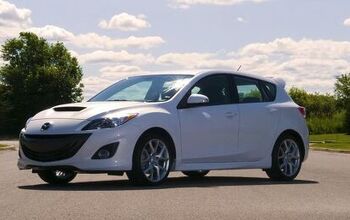

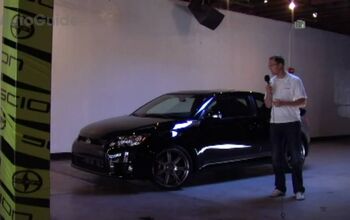
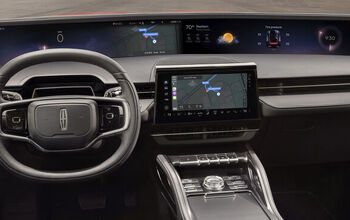
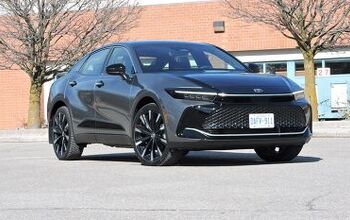
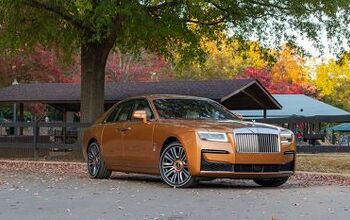


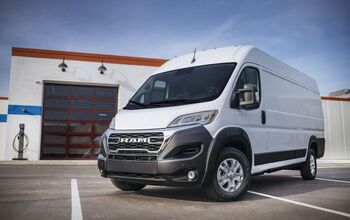
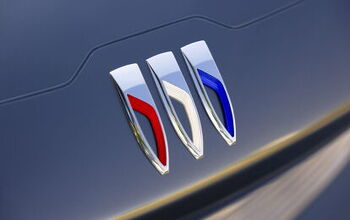
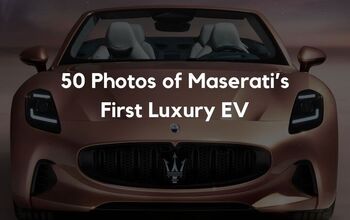
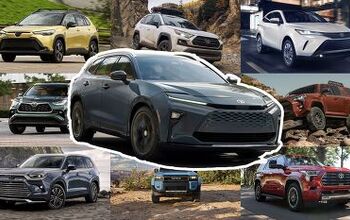

Comments
Join the conversation